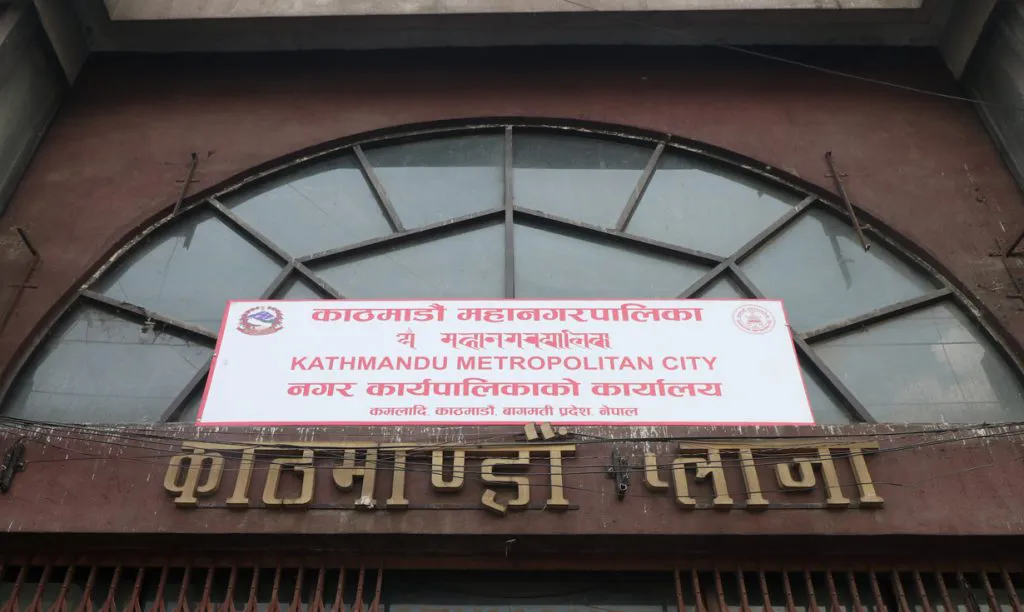

KATHMANDU: The Kathmandu Metropolitan City (KMC) has urged residents to remain vigilant against dengue infection, warning that the risk will persist until mid-October.
According to KMC’s Health Department, dengue cases have been rising across all 32 wards of the metropolis in recent weeks.
The risk of dengue transmission is particularly high from mid-July to mid-October, said Rishi Prasad Bhusal, focal person for epidemic prevention and control at the KMC Health Department.
He cautioned that if cases continue to rise, dengue could escalate into an epidemic. Bhusal stressed that controlling dengue should not be seen solely as the responsibility of local or central governments, but that every citizen must actively participate in prevention efforts.
“If each household takes initiative to control mosquito breeding, we won’t have to face a major crisis,” he said.
KMC has been running a “search and destroy” campaign targeting mosquito breeding sites, along with public awareness drives through loudspeaker announcements and community mobilization.
Since mosquitoes breed in stagnant water, the city has urged residents to prevent waterlogging and maintain cleanliness.
Public awareness programs are also being conducted at the community level, including in schools, where children are being educated to spread dengue prevention messages.
“Flower pots, drums, and even clean water inside homes have already become breeding grounds for dengue mosquitoes,” Bhusal said, adding that ignorance is fueling the spread of the disease. “The best way to control it is the search and destroy campaign.”
Dengue is transmitted by the bite of the female Aedes aegypti mosquito, which is more common in urban than rural areas.
This mosquito lays eggs in clean stagnant water, particularly in discarded bottles, tin containers, old tires, tar or kerosene drums, flowerpots, and water tanks—making urban water storage sites major breeding grounds.